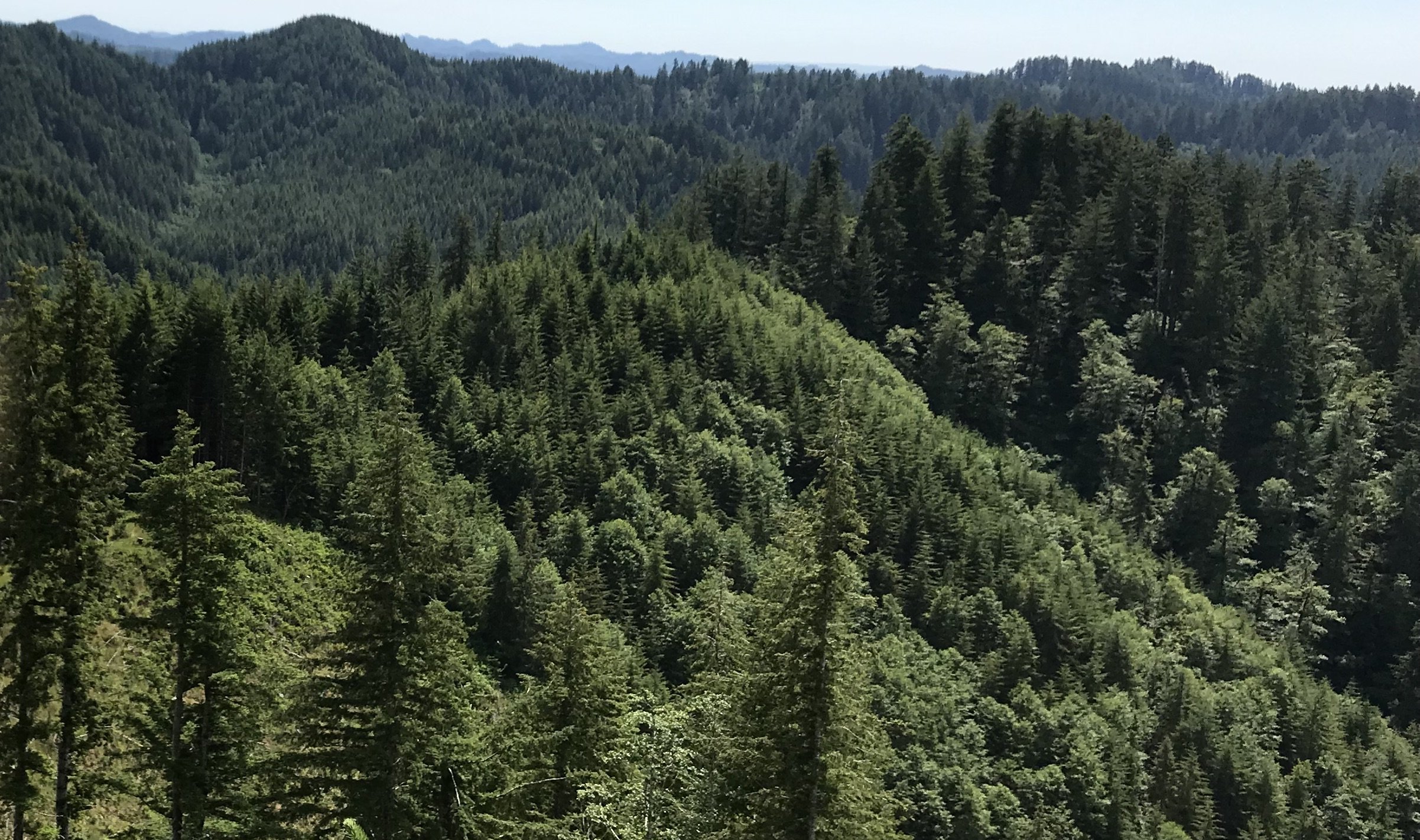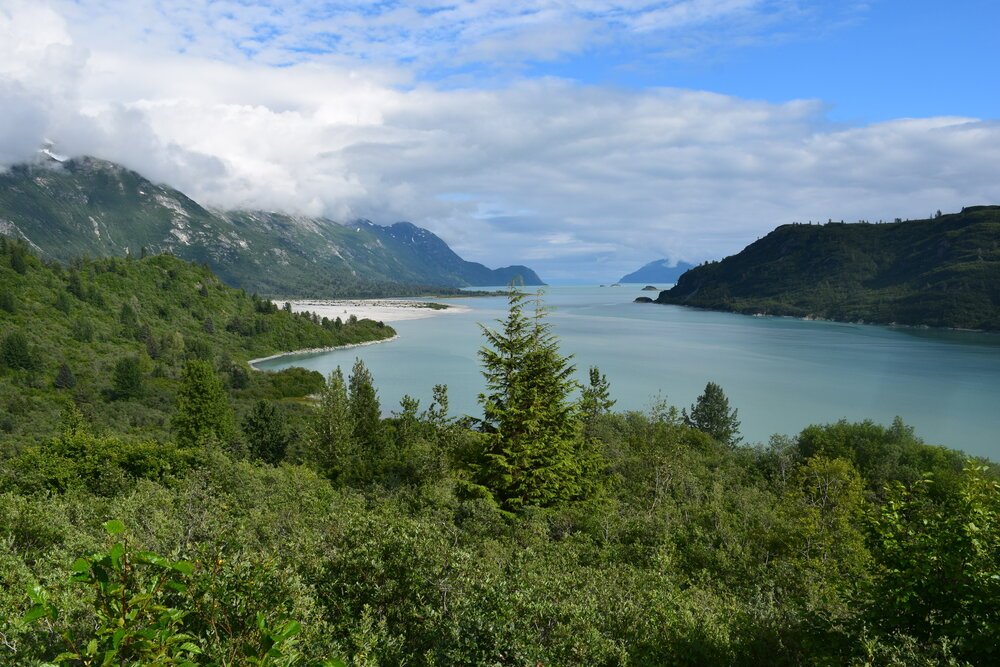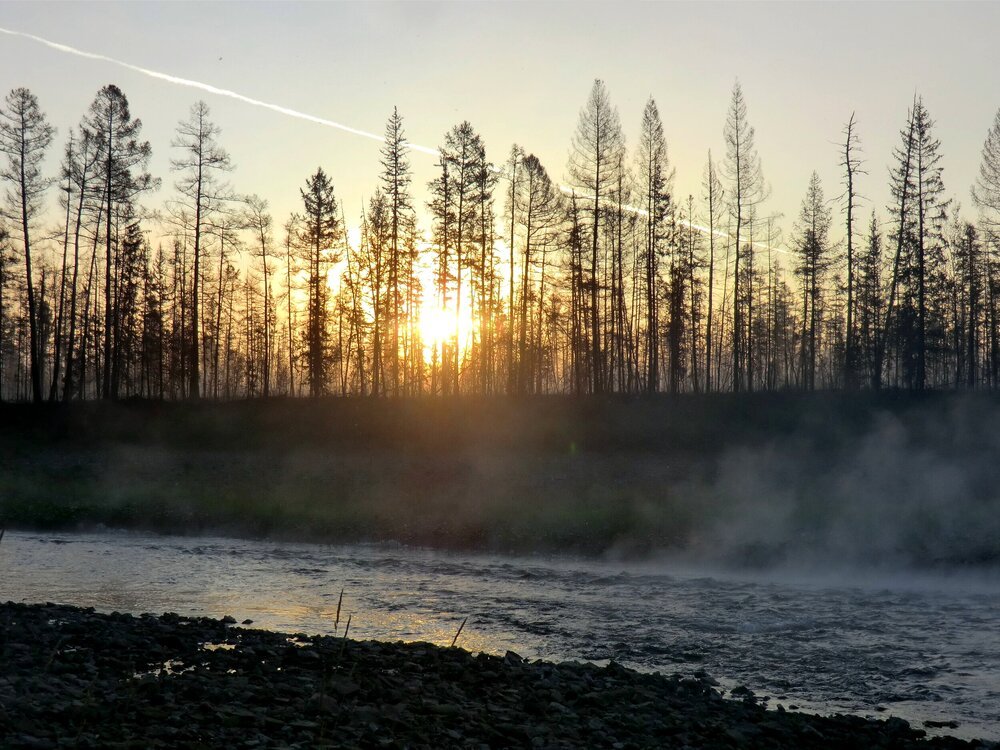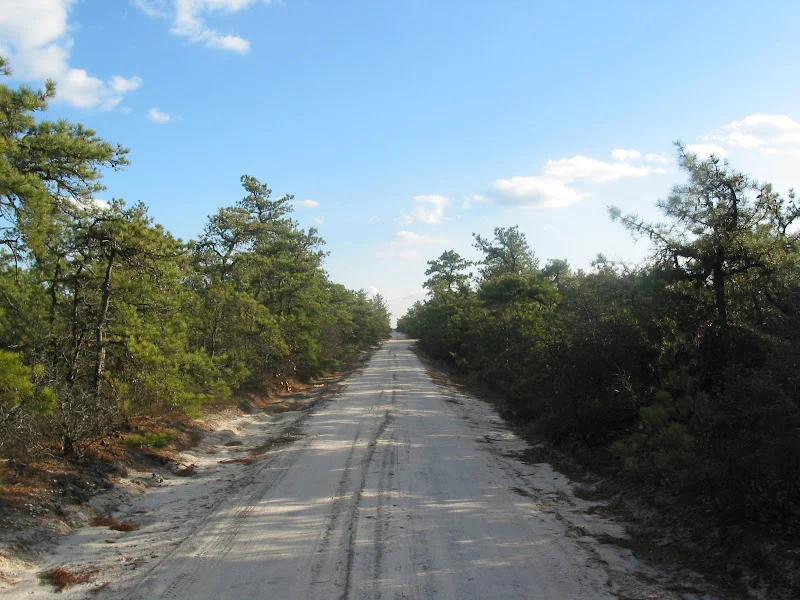Here's a listing of all our current and past research projects
Current Research





Elliott state Research forest
Spatially optimizing forest management at the landscape scale to conserve endangered species, preserve old growth stands, store carbon and produce timber. This project will support the development of the forest management plan for the Elliott State Research Forest (ESRF) in collaboration with Oregon State University. Simulation of forest successional processes, forest management activities, and natural disturbances with LANDIS-II using a variety of alternative harvest configurations will inform forest management planning on the Elliott State Forest to achieve desired ownership goals.
https://melissalucash.com/projects/elliott
coastal SE alaska and bc
An analysis of the impact of historical spatial patterns of forest harvesting practices for carbon management. Co-PI, 2021- present. The overarching goal of this project is to determine to what extent the ability to manage for carbon is limited, or improved, by the spatial legacy of past actions. The forestry industry is increasingly looking towards carbon management and markets to both create income and to sustainably manage its lands. However, the legacy of historical management patterns that were governed by a different set of objectives can limit where carbon-focused future management occurs. The impact of this mismatch between historical objectives and current and future goals is presently unknown. This project couples satellite imagery and ground data with an integrated ecological management model that quantifies how historical management, environmental variability, and natural disturbance influences the spatial variation, vulnerabilities, and valuation of carbon. Graduate students will work with local, private industry partners to receive business-level knowledge of carbon markets as well as be mentored in STEM research. The PIs will also develop teaching modules for K-12 education.
http://www.brianbuma.com/big-carbon-ecosystems-and-economies
SIBERIA
Quantifying rates of biome shifts under climate change in arctic and boreal ecosystems, Lead PI, 2019- present.
Boreal forests store a massive amount of carbon (approximately 30-50% of the carbon worldwide), but these forests are facing multiple threats from wildfires, insect outbreaks and permafrost (frozen soil) thaw, all of which release carbon into the atmosphere. Also, the pressure to harvest timber from this region is growing. Attempts to predict how climate change will affect boreal forests have not adequately all these disturbances (i.e. wind, insects, fire and harvest), resulting in great uncertainty about how climate change will affect this biome. Perhaps the biggest unknown is how much climate change will cause conversions from tundra to forest and forest to grasslands and how much these changes will feed back to the climate system to worsen climate change. Our research goal is to evaluate the ability of arctic and boreal ecosystems to keep pace with climate change, quantifying temporal and spatial variation in biome shifts and vegetation-climate feedbacks across a large latitudinal gradient in central Siberia.
Project website: https://melissalucash.com/projects/siberia
Interior Alaska
Impacts of Fire Frequency and Climate Change on Carbon Dynamics and Species Composition in the Boreal Forests of Alaska, Lead PI, 2019- present.
The fast pace of climate warming and an increase in fire frequency over the past few decades in northern latitudes has raised concerns about major shifts in vegetation and the long-term ability of ecosystems to capture and store carbon. The goal of this research is to quantify the potential for large-scale changes in carbon (C) sink strength, C stocks, and vegetation in boreal forests due to climate change and repeated wildfires by integrating mechanistic field and lab work with dynamic, spatially explicit landscape modeling. Working in central Alaska, the investigators will: 1) determine how fire frequency and climate change affect successional trajectories and above- and belowground C cycling, and 2) assess how the mechanisms that cause tipping points between vegetation types (i.e. conifer, hardwood, graminoid) and C sequestration (i.e. sink, source) vary spatially and temporally by synthesizing field studies, lab incubations and modeling.
Project website: https://www.reburnsak.com
menominee lands of WI
Visualizing Forest Futures Under Climate Uncertainty: Integrating Indigenous Knowledge into Decision-Support Tools for Collaborative Decision Making, Senior Personnel, 2016-present
Traditional knowledge from indigenous cultures is recognized as important in environmental assessments but has not been adequately captured in landscape-level planning or climate change assessments. Significant changes to forests could adversely impact the forest industries upon which many tribal communities depend and could alter tribal identity. The investigators will employ anthropological, ethical, process-based, and immersive means to explore the complex factors that influence how people and communities make decisions and evaluate trade-offs among diverse objectives when faced with considerable uncertainty. Values and practices will be incorporated into consensus mental models, which will inform information available via immersive virtual reality and ecosystem modeling, and the investigators will enhance a a decision-analytics approach, which will facilitate analysis of trade-offs across a broad set of sustainability metrics and climate scenarios. Ultimately, the investigators will characterize and tradeoffs and synergies among competing values that reflect cultural, ecological, and economic well-being and assist in determination of what choices lead to sustainable solutions under a changing climate.
Project website is here: https://sites.google.com/a/pdx.edu/visualizing-forest-futures/
Harvard Forest, ma; jones center,ga; and fort bragg, Nc
Ecosystem Model Comparison at Multiple Sites and Scales, Co-PI, 2017- present
Ensuring the long-term sustainability of eastern US forests in the face of climate variability and change will require forest managers to have the best available climate change research at their fingertips to make sound management decisions. Ecosystem process models now allow realistic projections of future forest conditions but there is no single scale which is perfectly suited to addressing all climate change and management related questions. Critical patterns which emerge at fine-scales may be over averaged at larger scales and vice-versa. The objectives of this project are to (a) compare model outcomes from two modeling frameworks (SORTIE-PPA and LANDIS-II) against empirical data and to each other and b) to examine climate change, disturbance, and management interactions at Ft. Bragg, North Carolina, translate these procedures, and prepare a roadmap for deployment across other forested military installations. Successful demonstration and validation of the proposed ecosystem process models will help decision-makers integrate a multitude of management strategies into the context of the military mission and installation-specific natural resources management plans.
Project website is here: https://sites.google.com/a/ncsu.edu/dynamic-ecosystems-landscape-lab/research/ecosystem-model-comparison
Past research
Klamath mountains, or/Ca
Wildfire and Climate Change in Klamath Mountains, Co-PI, 2016- 2019
The Klamath Ecoregion of Oregon and California is an ideal model system for studying non-linear ecosystem dynamics and for applying this knowledge toward improved science-based ecosystem management. Stabilizing feedbacks between a mixed-severity fire regime and successional dynamics maintain two distinct ecological communities: a high-biomass conifer forest state and a low-biomass shrub-chaparral-hardwood (SCH) state. These feedbacks are closely linked to climate and operate at local and landscape scales to affect regional scale biome distributions. The goal of the proposed research is to understand if anticipated changes in climate may alter the disturbance-recovery dynamics and force a regional-scale critical transition from mature conifer forest to SCH.
The research plan includes three elements that are key to understanding the potential for such a transition: (1) development of general mathematical models to gain a broad understanding of dynamics underlying critical thresholds in fire-prone ecotones and to identify the functional relationships that control transitions between SCH and mature conifer forest, at local and landscape levels; (2) field research to characterize the climate-dependence of post-fire recovery and to test and parameterize models; (3) process-based simulations of local, landscape, and regional dynamics to characterize the interactive roles of climate, fire, and management in shaping the region’s ecological communities.
For more details, visit our project website: https://www.sites.google.com/a/pdx.edu/klamath-climate-and-fire/home
Laurentian mixed forest, MN
Integrating Climate Science Into Forest Management Decision-Making Using A Collaborative Network Approach, Co-PI, 2012- 2016
Understanding how climate change, forest management and disturbances shape forest production, species composition, and carbon sequestration is of utmost concern in the Midwestern US, which has 35 million hectares of forested land (US Census 2011). Although only ~8% of the U.S. timber supply comes from this region, annual timber revenues exceed $17 billion dollars in Minnesota alone. The wood products industry is also a critically important source of employment in many rural communities in MN (MDNR 2011). The importance of Minnesota’s forest products industry is demonstrated by the state’s legislated mandate to promote long-term sustainable management of Minnesota’s forests (Sustainable Forest Resources Act of 1995). Minnesota’s forests are important not only for their timber production, but also carbon sequestration, wildlife habitat, recreational opportunities, and clean drinking water.
In this study we used LANDIS-II to better understand the long-term sustainability of timber supply, but also how species composition and carbon sequestration will change over the next century given disturbances like insects, wind and fire.
For more details and to view the papers associated with this grant, see https://sites.google.com/a/ncsu.edu/dynamic-ecosystems-landscape-lab/research/climate-science-and-forest-management-in-mn
Coast Range, or
Wildfire, Management and Climate Change in the Coast Range of Oregon, Co-PI, 2013- 2016
The long-term sustainability of forests is highly contentious in the Pacific Northwest, where the spotted owl remains the iconic symbol of the tension between land conservation and timber harvesting. As demands increase on forest resources to provide ecosystem services, revenue for local economies, and carbon sequestration under conditions of climate change, renewed interest has been paid to the potential use of forests for green, renewable bioenergy. The impacts and benefits of bioenergy harvest are contentious, and concerns remain over the ability of intensively harvested forests to continue to sequester carbon, maintain productivity, and provide ecosystem services. In our research, we used a forest simulation model to integrate forest succession, climate change, disturbances and management to understand the long-term dynamics of forests in the Oregon Coast Range. The Coast Range is comprised of a checkerboard of public and private land ownership that is managed for a diversity of goals, resulting in a mosaic of current conditions ranging from old-growth stands of mixed species composition to even-aged Douglas-fir (Pseudotsuga menziesii) plantations managed as short-rotation clear cuts.
Using LANDIS-II, we forecasted the effects of climate change on all carbon and nitrogen pools in trees, soils, and detrital (dead) material, while simultaneously accounting for shifting disturbance regimes, harvesting, and tree species composition. We addressed multiple questions of importance for the long-term sustainability of forested ecosystems in the Coast Range, including:
How will timber harvesting, including harvesting of woody bioenergy for power generation, affect the sustainability of forest vegetation and soils?
How will the trajectories of sustainability be altered due to anticipated changes in climate?
Will climate change alter the frequency of wildfire, and are there management options that can mitigate for wildfire risk?
For more details, visit our project website:
New jersey pine barrens, NJ
Wildfire, Management and Climate Change on C and N cycling, Postdoctoral Research, 2011- 2014
The New Jersey pine barrens are a unique landscape. It is the largest contiguous forest on the eastern seaboard and contains many rare species and forest types. There are extensive areas of sandy soils, creating 'dwarf' pitch pine forests that are highly flammable. The area has been extensively harvested and repeatedly burned since colonial times. Housing development and fragmentation pose the largest immediate threat to the health of these forests. Longer-term, climate change could radically transform the region. We quantified the interactive effects of fire management and insect defoliation on tree species composition, carbon, and nitrogen dynamics in the New Jersey Pine Barrens. We also determined how interactions among these disturbances affect management goals and advanced the broader understanding of C and N dynamics in the region.
Our project website contains citations and additional information about our project:
calhoun, sc; hubbard brook experimental forest, nh
Nutrient Uptake by Trees, Dissertation Research, 2000- 2005
Despite numerous studies showing intact roots and mycorrhizas are critical for obtaining realistic rates of nutrient uptake, most plant physiologists conduct uptake studies with excised roots or plants with severed mycorrhizal hyphae. My dissertation documented seasonal changes in uptake of mature, intact loblolly pine roots at Calhoun Experimental Forest, SC (Lucash et al. 2005). I also developed a sand-culture method, which allowed nutrient uptake of tree seedlings to be measured while minimizing disturbance to the root system (Lucash et al. 2008). In collaboration with several other researchers, I wrote a review paper to draw attention to the problems with our existing methods for measuring nutrient uptake of trees (Lucash et al. 2007) and outlined ways to improve the representation of root processes in earth system models (Smithwick et al. 2014).






